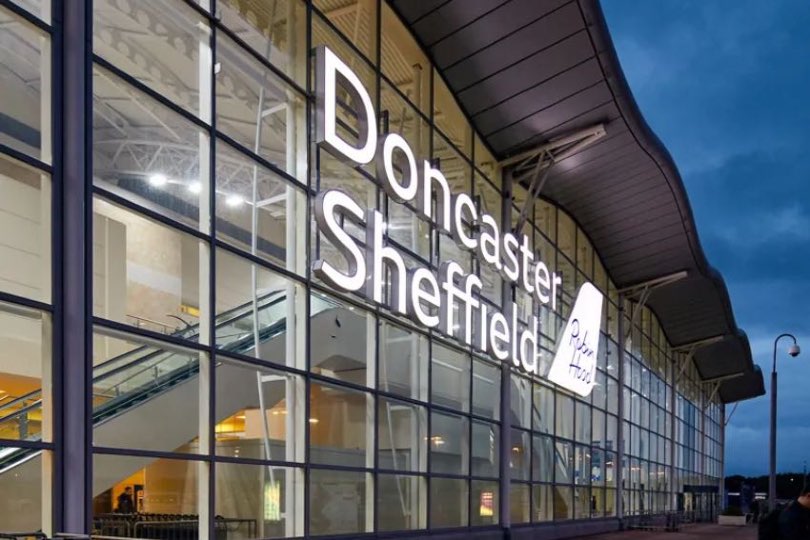Govt promises fewer delays and less pollution with airspace revamp
 Gary Noakes
Gary NoakesAir passengers are set to benefit from the first redesign of UK airspace since the 1950s, with fewer flight delays and less pollution, the government has said.
The Department for Transport has opened consultation on the first revamp of the UK’s crowded airspace in modern times. The initial focus will be on the London area, with upgrades to air lanes designed to reduce circling before landing and alleviating the need for aircraft to wait for take-off during busy periods.
The industry has until 17 December to make its views known, although it is unlikely any changes will be made before 2030.
Mike Kane, aviation minister, said: “UK airspace is one of the nation’s biggest invisible assets, but it’s been stuck in the past – a 1950s pilot would find that little has changed.
“Our once-in-a-generation creation of a UK Airspace Design Service will not only drive forward airspace modernisation and create a system that’s fit for the future, but it will help create quicker routes, ease delays and reduce harmful emissions - making air travel a better experience for all.”
Much of the UK’s current airspace was designed when there were fewer flights and aircraft navigated using a series of ground-based beacons.
The DfT said that by enabling aircraft to use advanced navigation technologies, the UK Airspace Design Service can plan more efficient use of airspace. This will include continuous climb and descents and reduce the need to ‘hold’ aircraft either on the ground or in circling patterns.
Tim Alderslade, Airlines UK chief executive, said: “Airlines strongly support the proposed Airspace Design Service and urge all parts of the industry – working in partnership with government and the regulator – to come together to complete the modernisation programme no later than the end of the decade so we can continue delivering for passengers and users and make air travel more enjoyable for everyone well into the future.”
Rob Bishton, CAA chief executive, added: “Airspace modernisation will reduce disruption as airlines utilise more efficient flightpaths. It could also cut harmful emissions with planes spending less time in the air, supporting our mission to create a greener industry alongside the use of sustainable aviation fuel and the upcoming SAF mandate.”
Sign up for weekday travel news and analysis straight to your inbox

Gary Noakes
Supplier Directory
Find contacts for 260+ travel suppliers. Type name, company or destination.













